Changing trends and career in physical education includes a mixture of of traditional and modern approach to build an overall mental creation of sports authorities and including student's physical and emotional development.
Table of Contents
Changing trends and career in physical education comprises holistic well-being and integration of technology, the creation of multiple sports bodies and authorities, and acknowledging the indigenous sports of the country. PE contributes to overall wellness and skill development for overall individual growth.
Career options in physical education include PE teachers in schools and colleges, sports coaches, personal trainers, sports administrators, and sports journalists.
What is Physical Education?
Physical education (PE) is a branch that aims to improve motor skill development, physical fitness, and a healthy lifestyle among students. Physical education comprises physical activities and exercises to improve and enhance students' physical health, fine motor and gross motor skills, and overall well-being.
The aim and objective of Physical Education are listed below:
- Mental development
- Emotional development
- Development of health
- Social development
- Neuro-Muscular Development
- Physical development
- Intellectual and personality development
Physical education helps improve endurance for various physical activities like running, jumping, jogging, and other motor abilities, as well as developing coordination.
- PE develops abilities that serve as the basis for increasing muscle strength to perform excellence in sports activities.
- Students in this program develop the physical capability to perform daily activities with strength and enthusiasm.
- Involvement in Physical education helps students develop muscle strength but also helps in developing social skills like leadership quality, self-assurance, self-control, and time management.
- A well-structured education cultivates all the necessities like emotional growth and physical health.
- It also encourages students to plan a healthy routine and create health awareness, leading to a meaningful and active lifestyle.
Also Read: Physical Education Courses After 12th 2023
Changing Trends In Physical Education
There have been diverse changes in the trends of physical education as it has incorporated broad genres like the introduction of technology and correlation with other subjects to become more meaningful.
- Physical education increasingly incorporates more holistic approaches, including lessons on healthy eating habits, stress reduction methodology, and healthy lifestyle choices.
- It has also incorporated data analytics, which instructors readily use to plan their teaching lessons according to the needs of the students.
- Educators can create personalized fitness programs using data and fitness tracking.
- It also enables tracking abilities to help plan customized personal workout sessions and monitor progress.
- Now, physical education is restructured into multidisciplinary subjects by experts to understand the player's pattern and link it with history to understand the evolutionary process of the game.
Also Read: Sports Courses After 12th
The changing trends in physical education are explained in detail below:
- The Creation Of Sports Authorities
The Indian government eventually realized the value of physical activity and sports in creating a healthy society therefore authorities inaugurated numerous functional sports bodies and universities to enhance physical education.
Since its founding in 1984, the Sports Authority of India (SAI) has been instrumental in fostering talent and promoting sports in India.
- Incorporating Physical Education In The Classroom
Integrating physical education into schools' curriculum was a crucial action to promote the subject. The central and state governments both are immensely dedicated to including sports and physical education in the educational process.
- Events In National And International Sports
After gaining independence, India actively took part in numerous national and international athletic events. In 1951, 1982, and 2010, the nation hosted the Asian Games, a platform to highlight India's sporting prowess on the world stage.
The popularity of sports and physical education across the country increased as a result of the success and attention these activities received.
Sports infrastructure growth
- Development Of Sports Infrastructure
The public and private sectors have invested in building sports infrastructure to foster talent and facilitate training to uplift players' performance.
Across the nation, Sports Authority has constructed many stadiums, training facilities, and sports academies to foster sports talents
- Acknowledgement Of Indigenous Sports
India demonstrates its rich cultural past with its numerous traditional sports and games. There was a renewed emphasis on recognizing and developing indigenous sports after independence.
Sports authorities have revived many traditional sports like kabaddi, kho-kho, and indigenous martial arts and preserved them to highlight India's unique sporting culture.
- Achievement At International Sports Events
India has seen notable success in international athletic events over the years. In sports like cricket, badminton, boxing, shooting, and wrestling, among others, Indian athletes have won numerous championships.
These triumphs raised the nation's spirits and encouraged the next generation to embrace sports as a career.
Also Read: What are the Importance of Sports in Student's Life?
Career Options In Physical Education
There are multiple career options available for candidates pursuing bachelor's and master's degrees in physical education, and a few of them are listed below:
- Physical Education Teacher: Teaching opportunities are available as educators/Teachers in schools and colleges and can educate students about physical fitness, specific sports skills, and healthy lifestyles.
Average Salary: INR 3.0 Lakhs
- Sports Coach: Physical educators can train and become coaches of teams at various state and national levels, from schools to universities.
Average Salary: INR 5.0 Lakhs
- 3. Personal Trainer: Trained and experienced athletes can become personal trainers, monitor individuals' progress, help create personalized fitness plans, and provide guidance to help clients achieve their fitness goals.
Average Salary: INR 7.0 Lakhs
- Fitness Instructor: A trained Physical educator can become a fitness instructor and instruct group exercises such as aerobics, yoga, and Zumba at various gyms, fitness centres, or community centres.
Average Salary: INR 5.0 Lakhs
- Sports Administrator: The Sports administrator profile includes managing the entire administration at certain levels in sports organizations and planning operations and events.
Average Salary: INR 10.0 Lakhs
- Physical Therapist: Educators can help recover other injured players from injuries or surgeries through therapeutic exercises and techniques to improve mobility and strength.
Average Salary: INR 8.0 Lakhs
- Recreation Specialist: Organise and manage recreational activities and programs for communities, camps, resorts, and other recreational facilities.
Average Salary: INR 15.0 Lakhs
- Sports Nutritionist: A Sports nutritionist is an emerging profile where qualified personnel can guide athletes on nutrition and dietary plans.
Average Salary: INR 7.0 Lakhs
- Sports Journalist: Sports journalism is also a lucrative option for all individuals who are experts in sports and know all the rules and regulations with their correct terminologies. Combining a passion for sports with writing or broadcasting skills to report on sporting events, analyze games, and interview athletes is a recent career option.
Average Salary: INR 6.5 Lakhs
- Sports Psychologist: A sports psychologist works with athletes to enhance their mental toughness, motivation, and performance pressure through multiple relaxation techniques.
Average Salary: INR 7.5 Lakhs
Also Read: What is Quality Education?
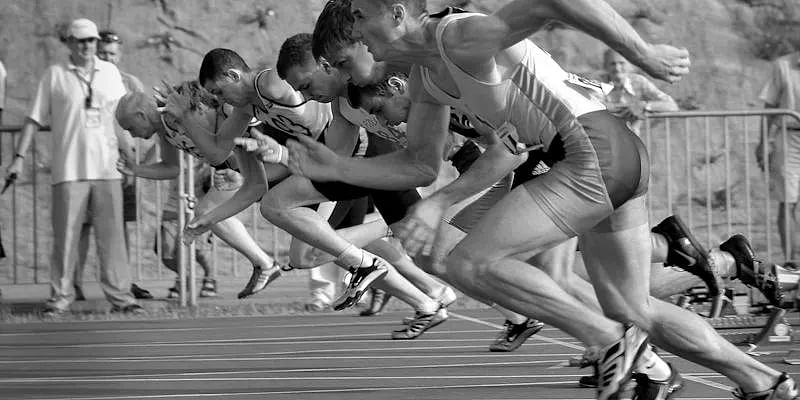
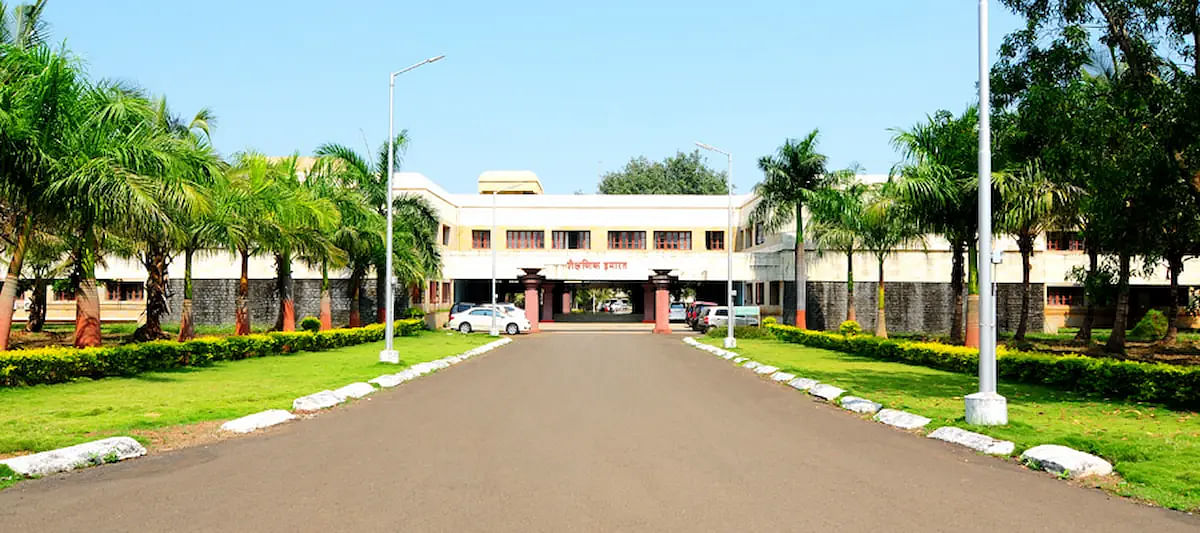



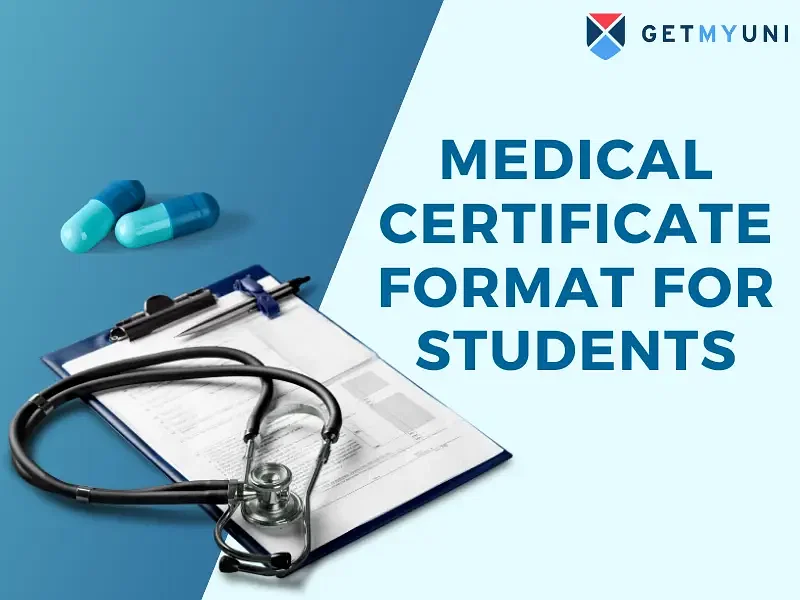
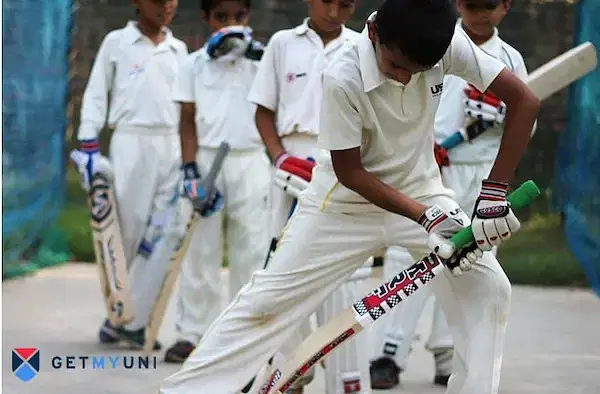


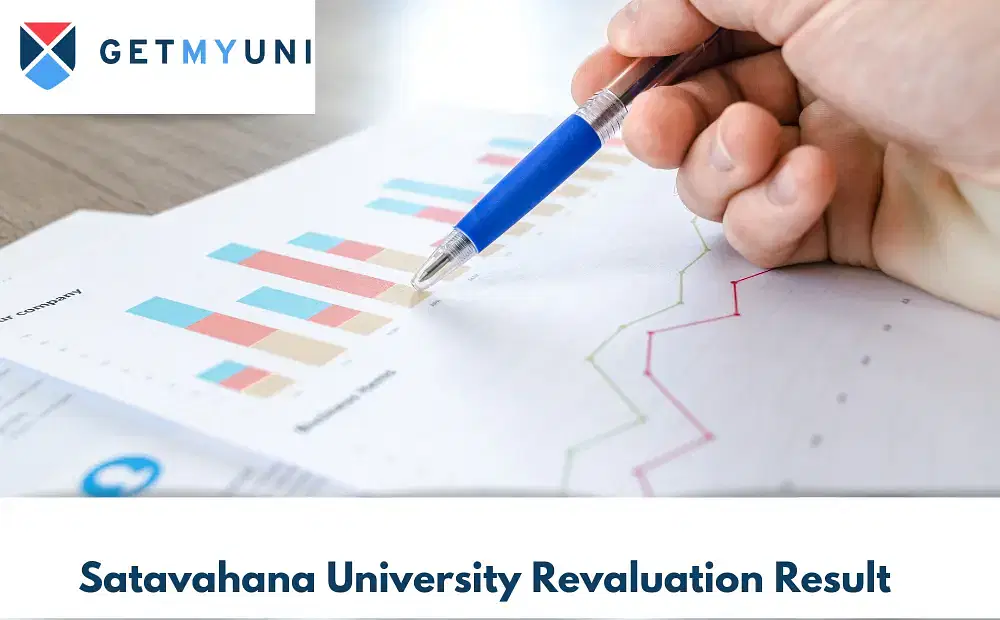





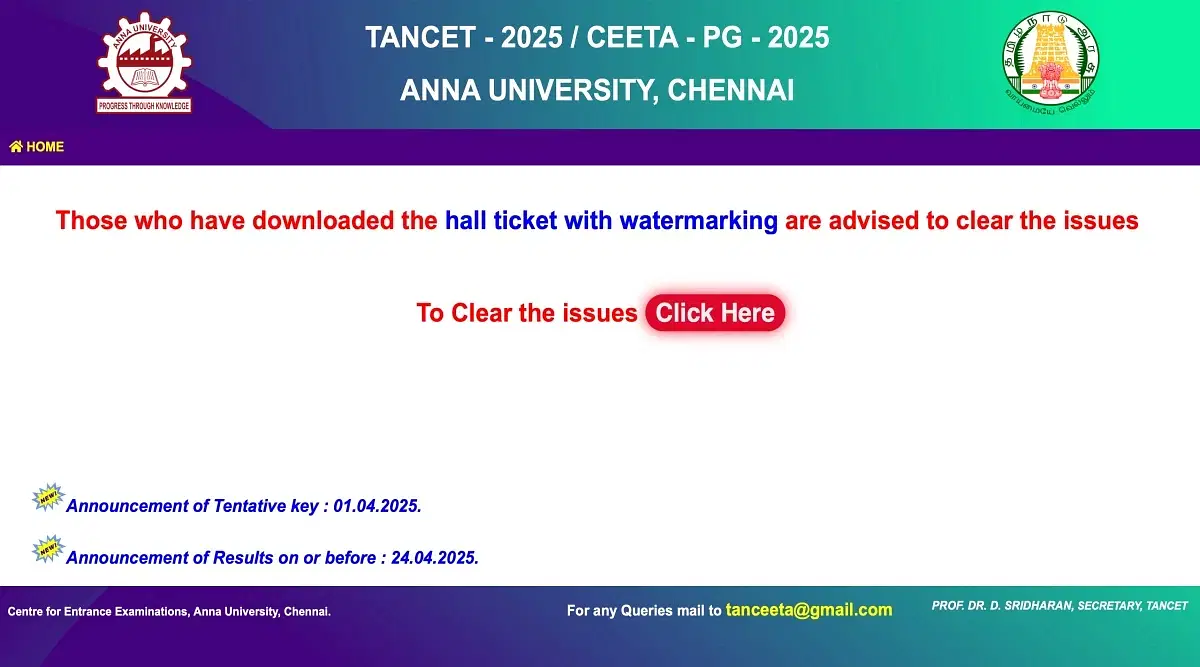










POST YOUR COMMENT